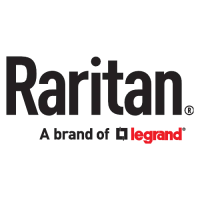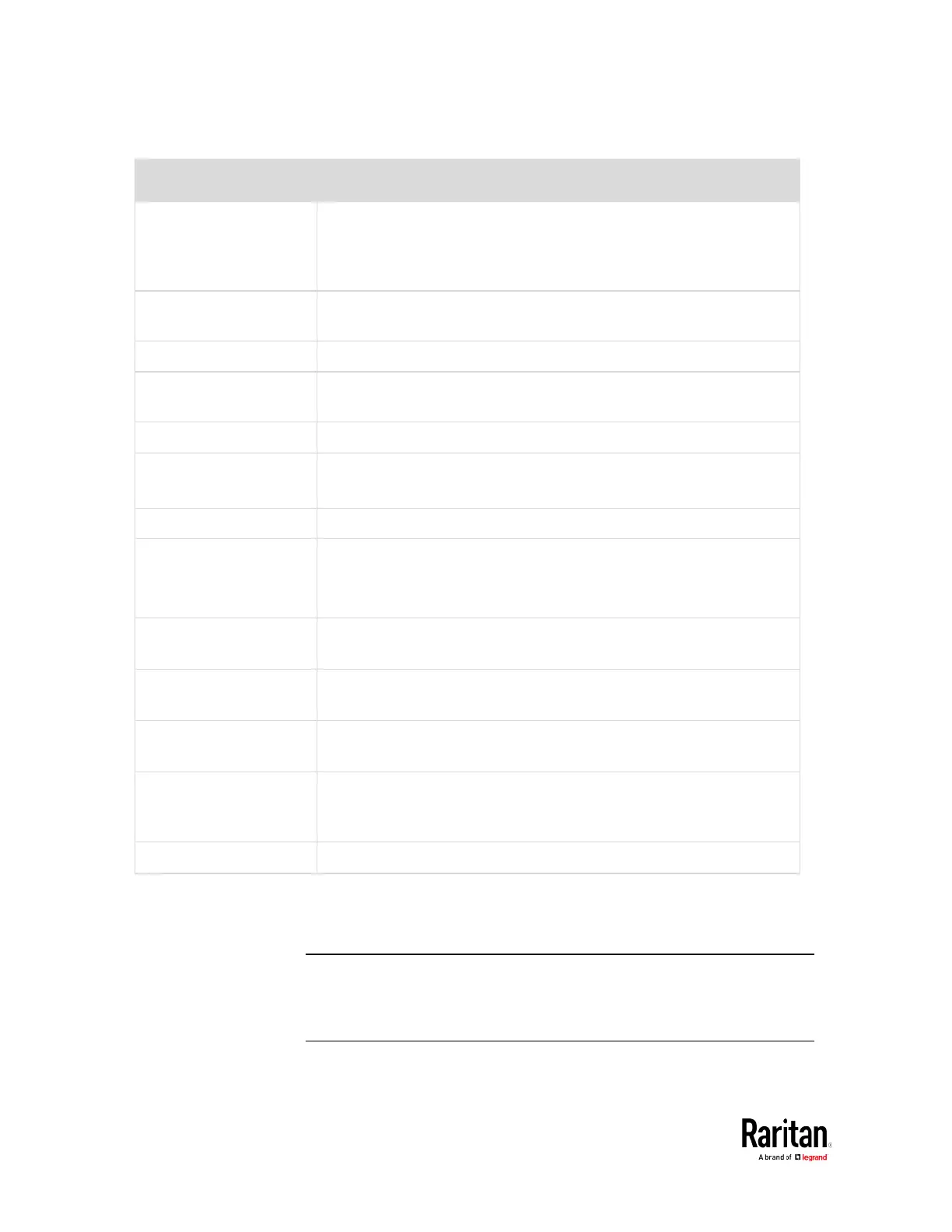Appendix B: LDAP Configuration Illustration
192.168.56.3.
Without the encryption enabled, you can type either the domain
name or IP address in this field, but you must type the fully
qualified domain name if the encryption is enabled.
Copy settings from
existing LDAP server
Leave the checkbox deselected unless the new LDAP server's
settings are similar to any existing LDAP settings.
Type of LDAP Server Select "Microsoft Active Directory."
Security Select "None" since the TLS encryption is not applied in this
example.
Port (None/StartTLS)
Ensure the field is set to
.
Port (TLS),
CA Certificate
Skip the two fields since the TLS encryption is not enabled.
Anonymous Bind Select this checkbox because anonymous bind is used.
Bind DN,
Bind Password,
Confirm Bind Password
Skip the three fields because of anonymous bind.
Base DN for Search
Type dc=techadssl,dc=com as the starting point where your
search begins on the AD server.
Login Name Attribute
Ensure the field is set to sAMAccountName because the LDAP
server is Microsoft Active Directory.
User Entry Object Class
Ensure the field is set to user because the LDAP server is Microsoft
Active Directory.
User Search Subfilter The field is optional. The subfilter information is also useful for
filtering out additional objects in a large directory structure. In this
example, we leave it blank.
Active Directory Domain
Type
.
4. Click Add Server.The LDAP server is saved.
5. In the Authentication Type field, select LDAP.
6. Click Save. The LDAP authentication is activated.
Note: If the BCM2 clock and the LDAP server clock are out of sync, the
installed TLS certificates, if any, may be considered expired. To ensure
proper synchronization, administrators should configure the BCM2 and
the LDAP server to use the same NTP server(s).

